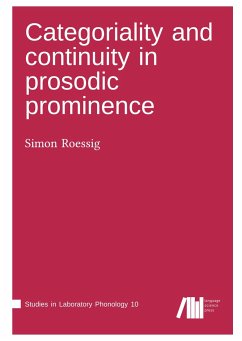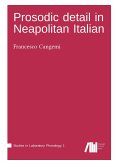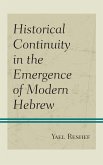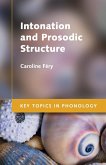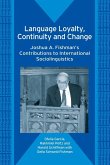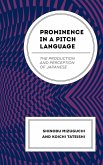Prosody has been characterised as a "half-tamed savage" being shaped by both discrete, categorical aspects as well as gradient, continuous phenomena. This book is concerned with the relation of the "wild" and the "tamed" sides of prosodic prominence. It reviews problems that arise from a strict separation of categorical and continuous representations in models of phonetics and phonology, and it explores the potential role of descriptions aimed at reconciling the two domains. In doing so, the book offers an introduction to dynamical systems, a framework that has been studied extensively in the last decades to model speech production and perception. The reported acoustic and articulatory data presented in this book show that categorical and continuous modulations used to enhance prosodic prominence are deeply intertwined and even exhibit a kind of symbiosis. A multi-dimensional dynamical model of prosodic prominence is sketched, based on the empirical data, combining tonal and articulatory aspects of prosodic focus marking. The model demonstrates how categorical and continuous aspects can be inte- grated in a joint theoretical treatment that overcomes a strict separation of phonetics and phonology.

